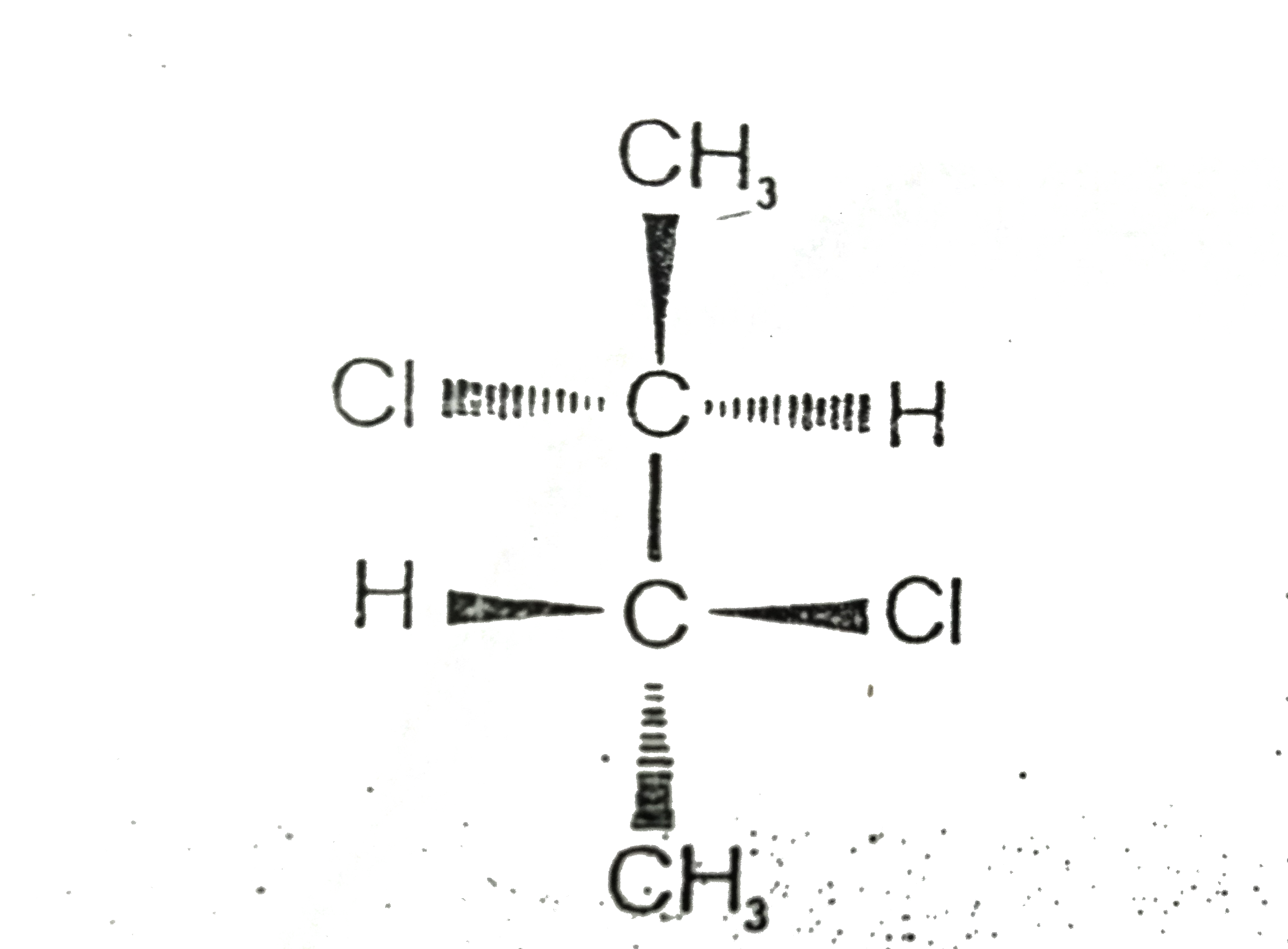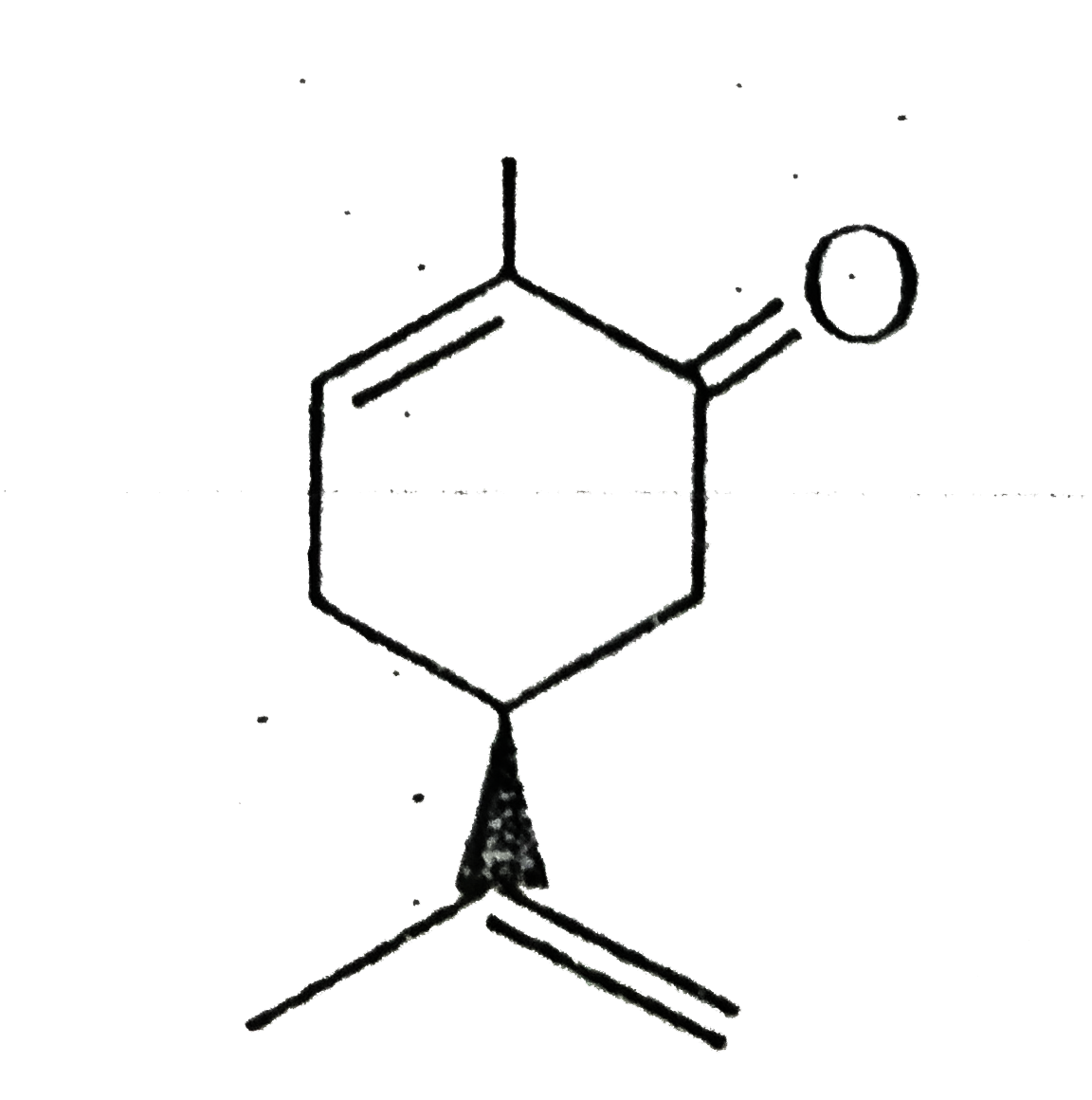An asymmetric carbon atom is a chiral centre.
Step-by-Step Solution:
1. Understanding Asymmetric Carbon:
- An asymmetric carbon atom is defined as a carbon atom that is bonded to four different atoms or groups. This unique arrangement means that the carbon does not have a plane of symmetry.
2. Defining Chiral Centre:
- A chiral center (or chiral carbon) is a carbon atom that is bonded to four different substituents. This property leads to the formation of non-superimposable mirror images, known as enantiomers.
3. Example of Asymmetric Carbon:
- Consider a carbon atom that is bonded to four different groups: a hydrogen atom (H), an iodine atom (I), a bromine atom (Br), and a chlorine atom (Cl). This carbon atom can be represented as C(H, I, Br, Cl).
4. Mirror Image:
- The mirror image of this arrangement will not be superimposable on the original structure. For instance, if you were to create a mirror image of the carbon atom with its four different groups, the spatial arrangement would differ, confirming that they are not the same.
5. Conclusion:
- Since the asymmetric carbon atom has four different groups attached and cannot be superimposed on its mirror image, it qualifies as a chiral center. Thus, the statement "An asymmetric carbon atom is a chiral centre" is true.
- An asymmetric carbon atom is defined as a carbon atom that is bonded to four different atoms or groups. This unique arrangement means that the carbon does not have a plane of symmetry.
- A chiral center (or chiral carbon) is a carbon atom that is bonded to four different substituents. This property leads to the formation of non-superimposable mirror images, known as enantiomers.
- Consider a carbon atom that is bonded to four different groups: a hydrogen atom (H), an iodine atom (I), a bromine atom (Br), and a chlorine atom (Cl). This carbon atom can be represented as C(H, I, Br, Cl).
- The mirror image of this arrangement will not be superimposable on the original structure. For instance, if you were to create a mirror image of the carbon atom with its four different groups, the spatial arrangement would differ, confirming that they are not the same.
- Since the asymmetric carbon atom has four different groups attached and cannot be superimposed on its mirror image, it qualifies as a chiral center. Thus, the statement "An asymmetric carbon atom is a chiral centre" is true.
Topper's Solved these Questions
- ORGANIC CHEMISTRY : SOME BASIC PRINCIPLES AND TECHNIQUES BOOK - ICSECHAPTER - ORGANIC CHEMISTRY : SOME BASIC PRINCIPLES AND TECHNIQUES EXERCISE - FILL IN THE BLANK TYPE QUESTIONS
46 Videos
- ORGANIC CHEMISTRY : SOME BASIC PRINCIPLES AND TECHNIQUES BOOK - ICSECHAPTER - ORGANIC CHEMISTRY : SOME BASIC PRINCIPLES AND TECHNIQUES EXERCISE - ASSERTION - REASON TYPE QUESTIONS
11 Videos
- ORGANIC CHEMISTRY : SOME BASIC PRINCIPLES AND TECHNIQUES BOOK - ICSECHAPTER - ORGANIC CHEMISTRY : SOME BASIC PRINCIPLES AND TECHNIQUES EXERCISE - OBJECTIVE ( MULTIPLE CHOICE ) TYPE QUESTIONS
142 Videos
- HYDROGENBOOK - ICSECHAPTER - HYDROGENEXERCISE - NCERT TEXT-BOOK EXERCISE (With Hints and Solutions)
53 Videos
- REDOX REACTIONS (OXIDATION AND REDUCTION)BOOK - ICSECHAPTER - REDOX REACTIONS (OXIDATION AND REDUCTION)EXERCISE - NCERT TEXT-BOOK. EXERCISES ((With Hints and Solutions)
69 Videos
Similar Questions
What is the number of asymmetric carbon atoms in aldopentose?
View SolutionIf a compound has n asymmetric carbon atoms with different terminal groups, the number of stereoisomers is given by the formula:
View SolutionIdentify the monosaccharide containing only one asymmetric carbon atom in its molecule.
View SolutionThe property of glucose to rotate the plane of polarised light is due to the presence of asymmetrical carbon atoms in its structure. This statement is true or false
View SolutionDraw Fischer projection of

Find the absolute configuration for asymmetric carbon atoms and also write the configuration of enantiomer and diastereomers of the given compounds .
View SolutionWhat is an asymmetric carbon
View SolutionNumber of asymmetric carbon atoms in fructose
View SolutionWhat is the number of asymmetric carbon atoms present in α-D-glucopyranose molecule?
View SolutionStructure of one of the enantiomer of carvone is given below. Find the asymmetric carbon atom and determine whether it has ( R ) of (S ) configuration .

View SolutionThe number of optical isomers for a compound having two similar asymmetric carbon atoms in the molecule is given as
View Solution
